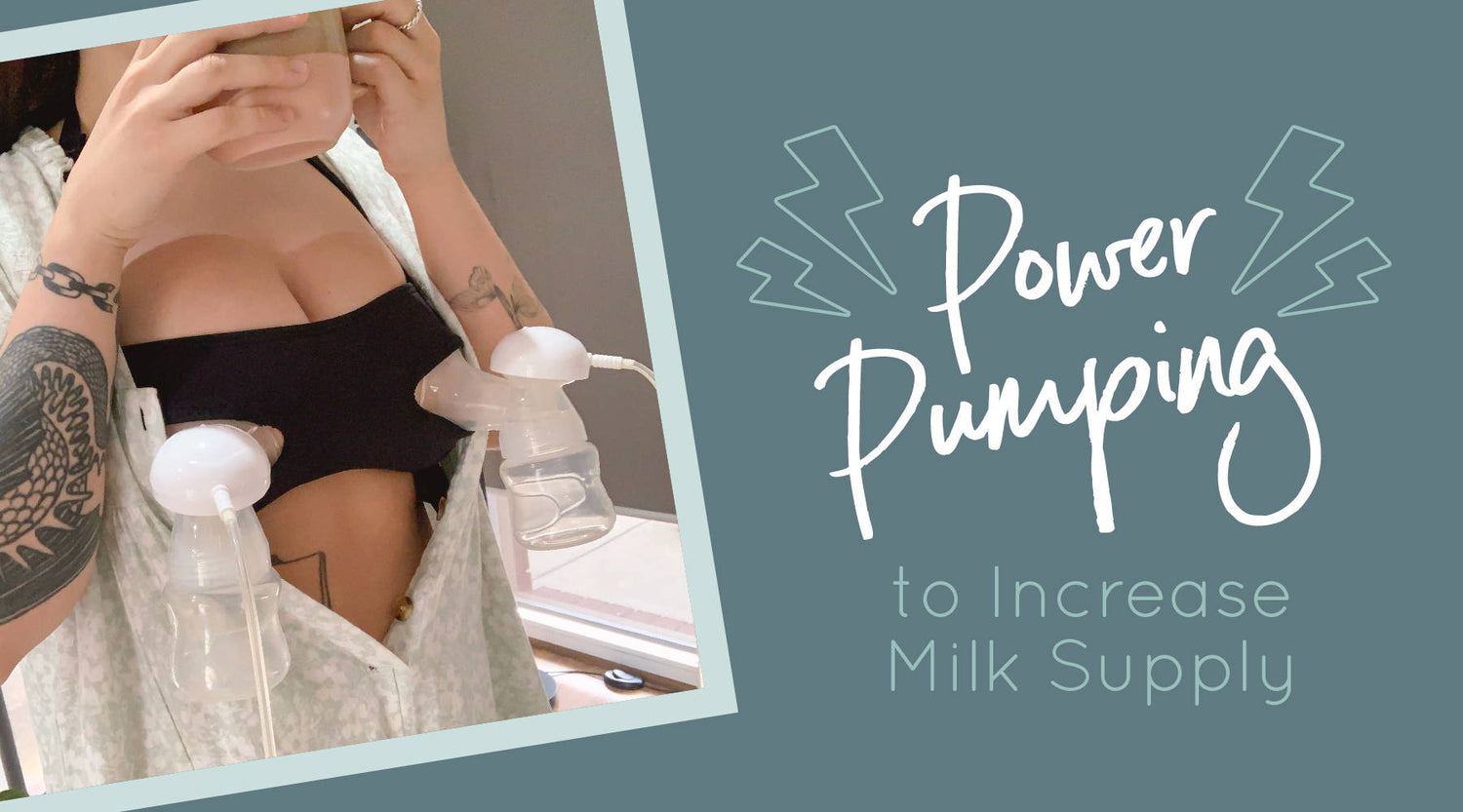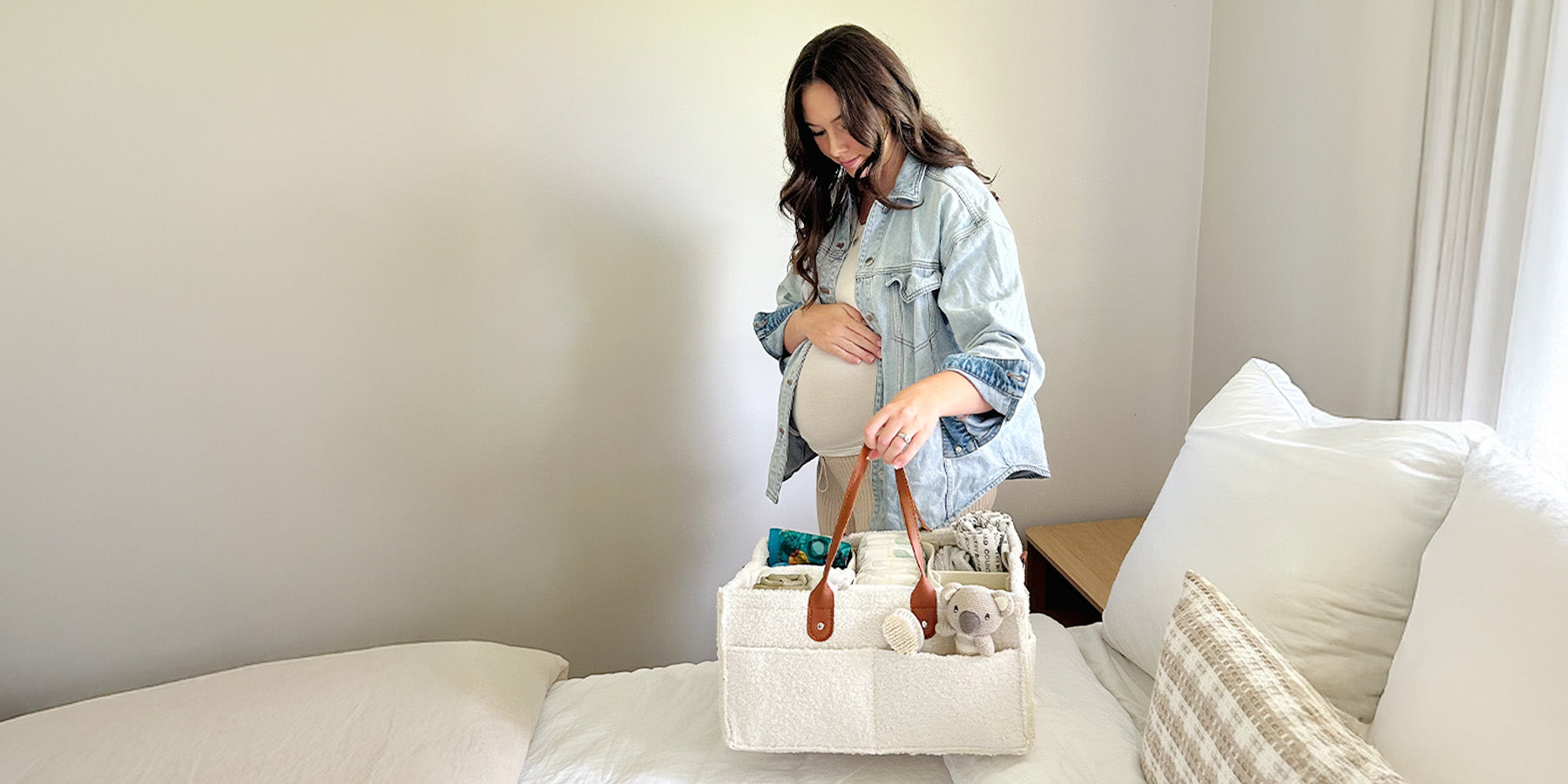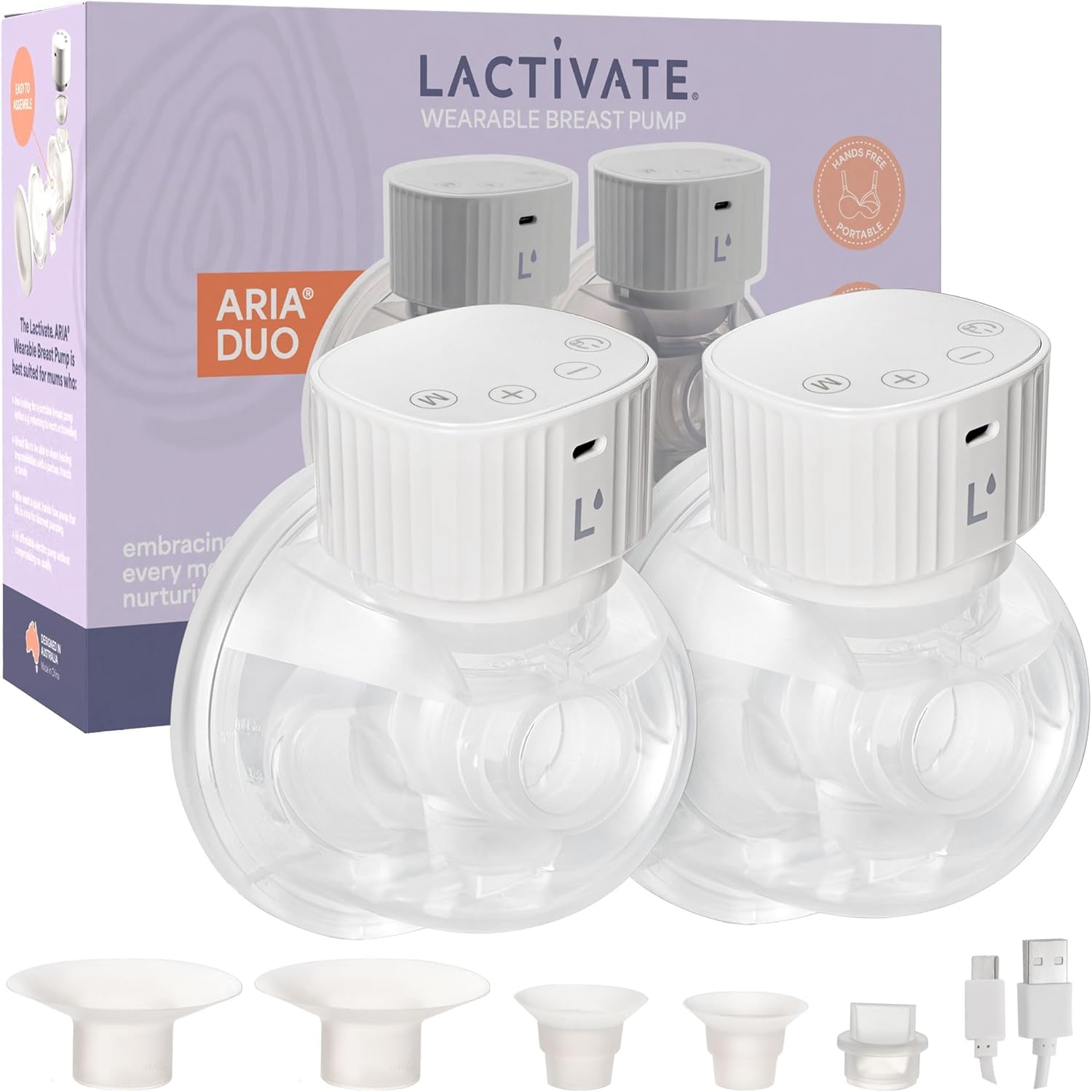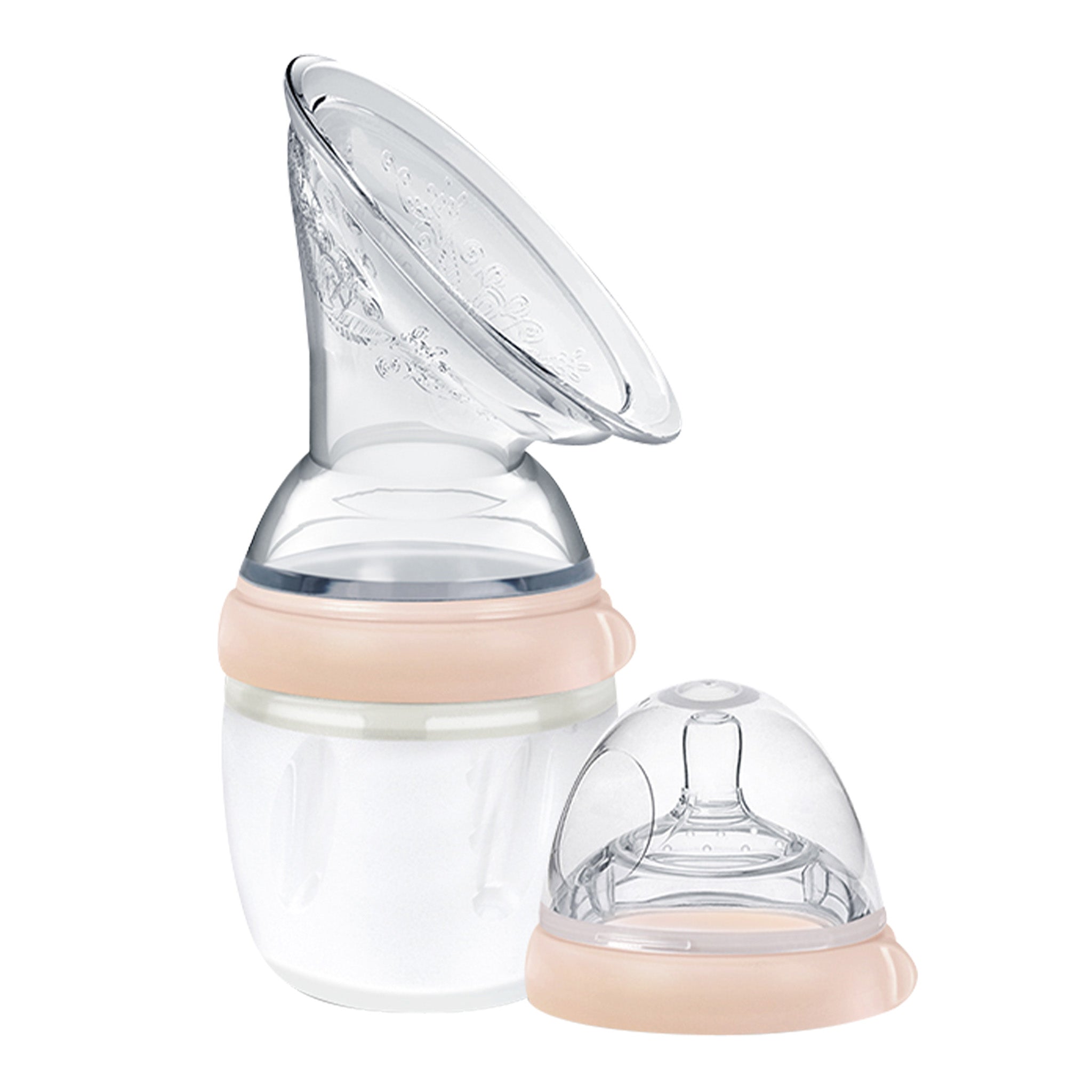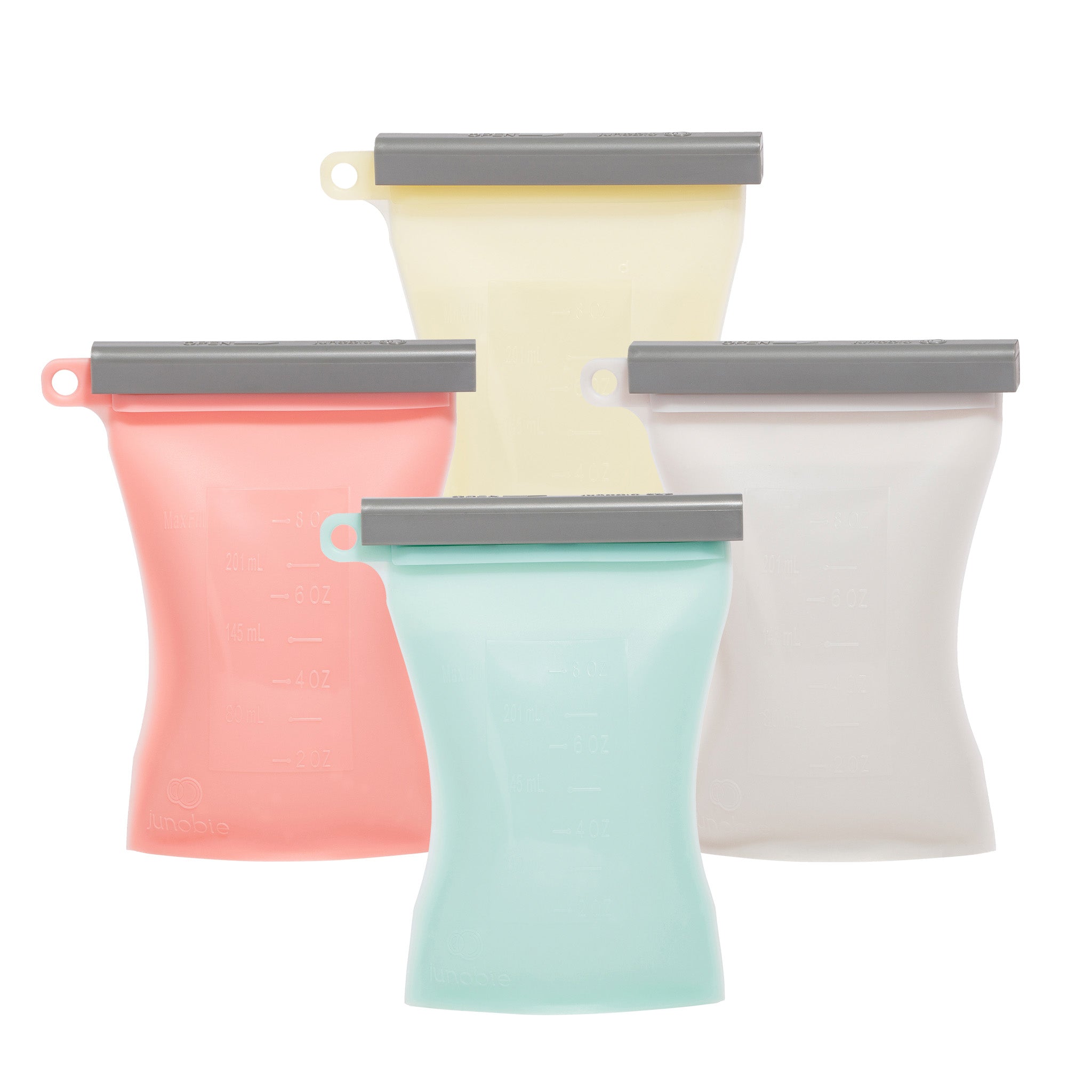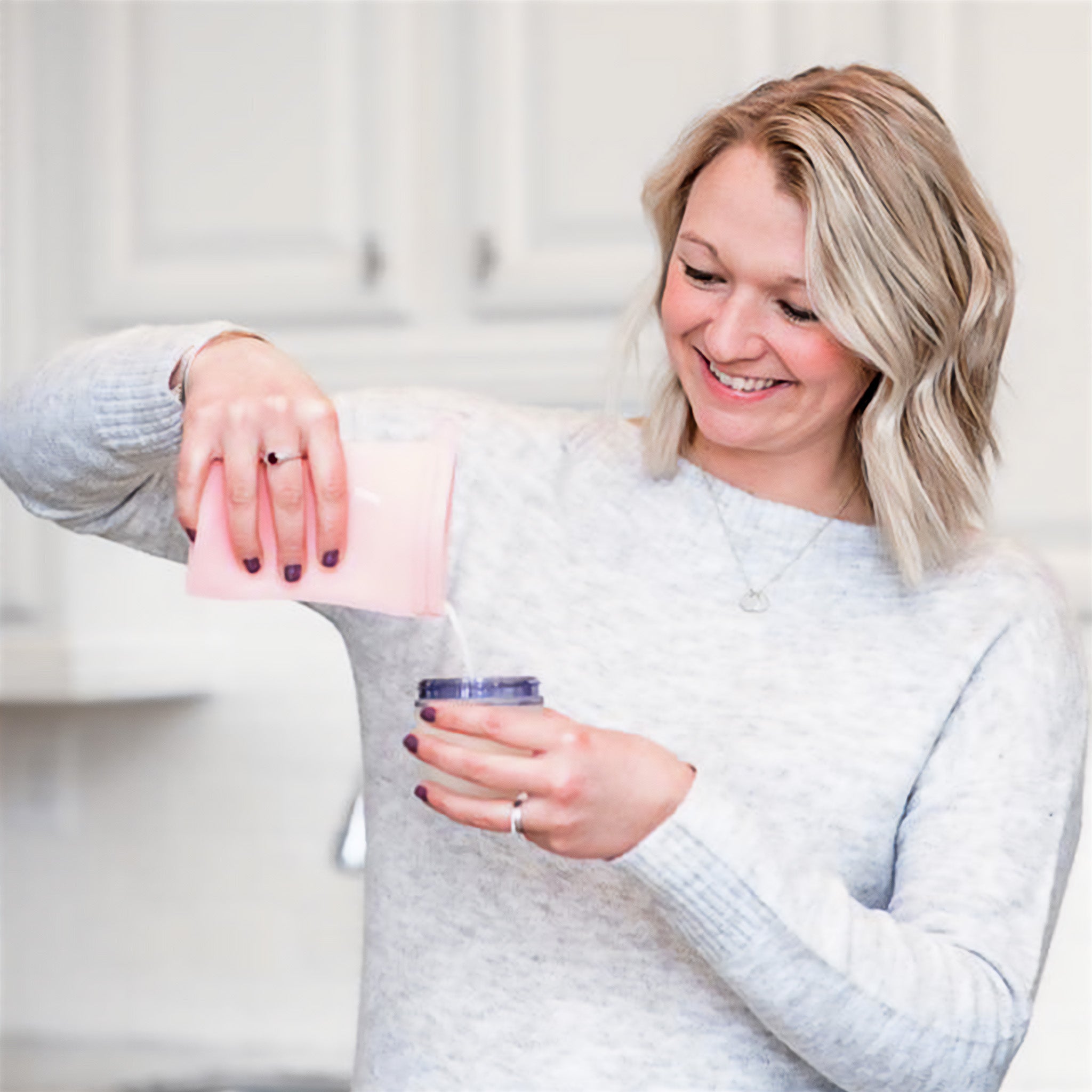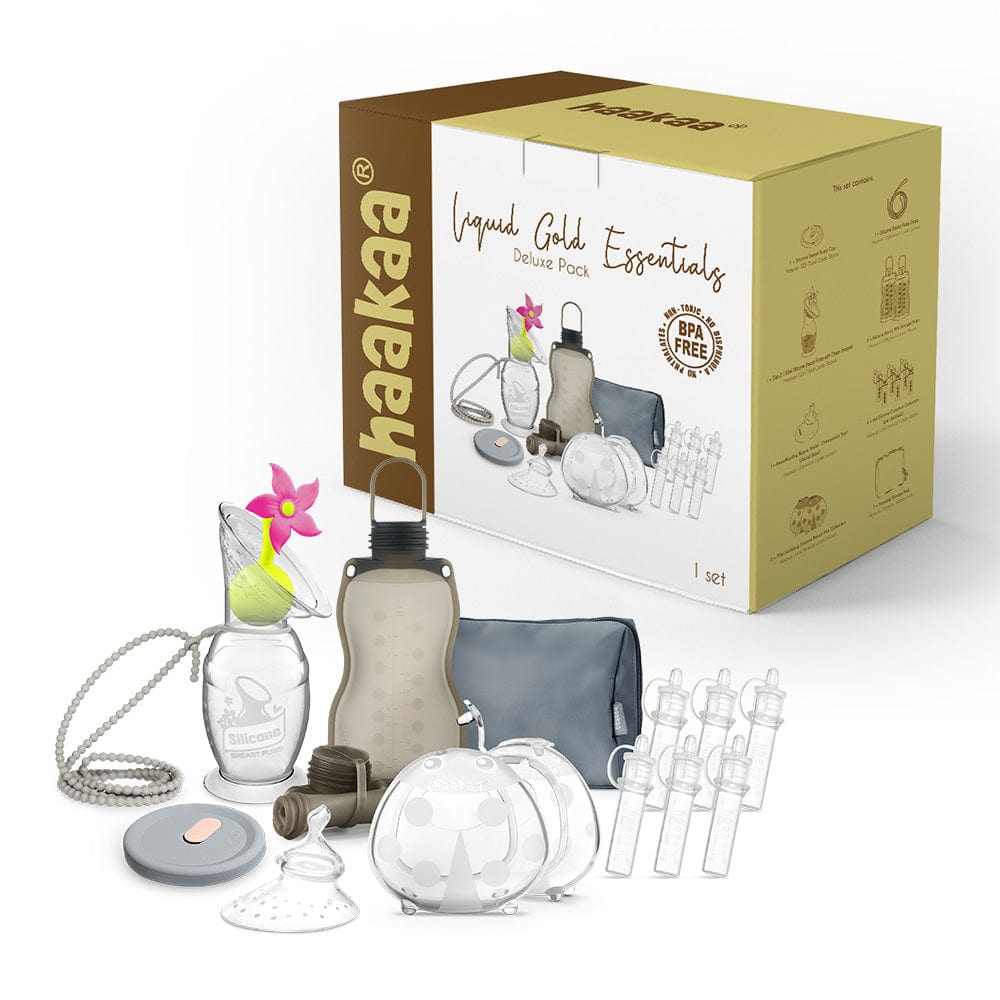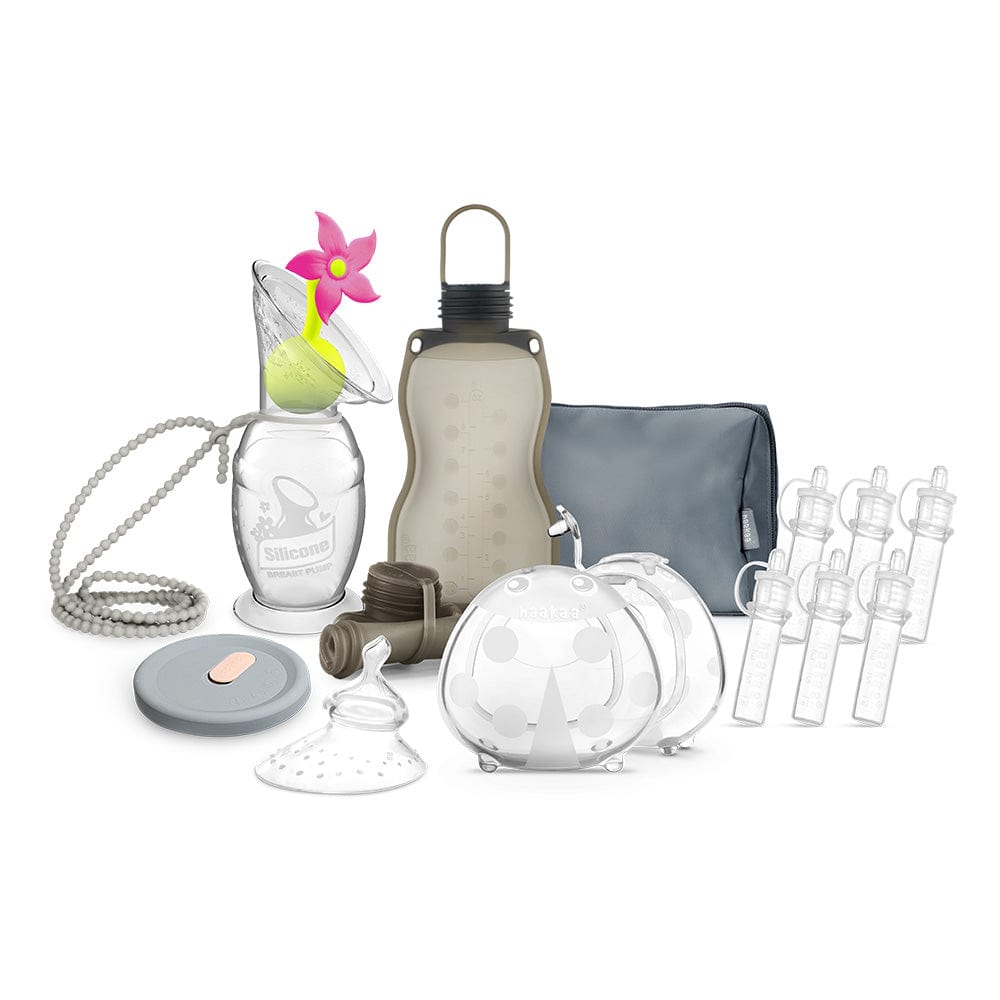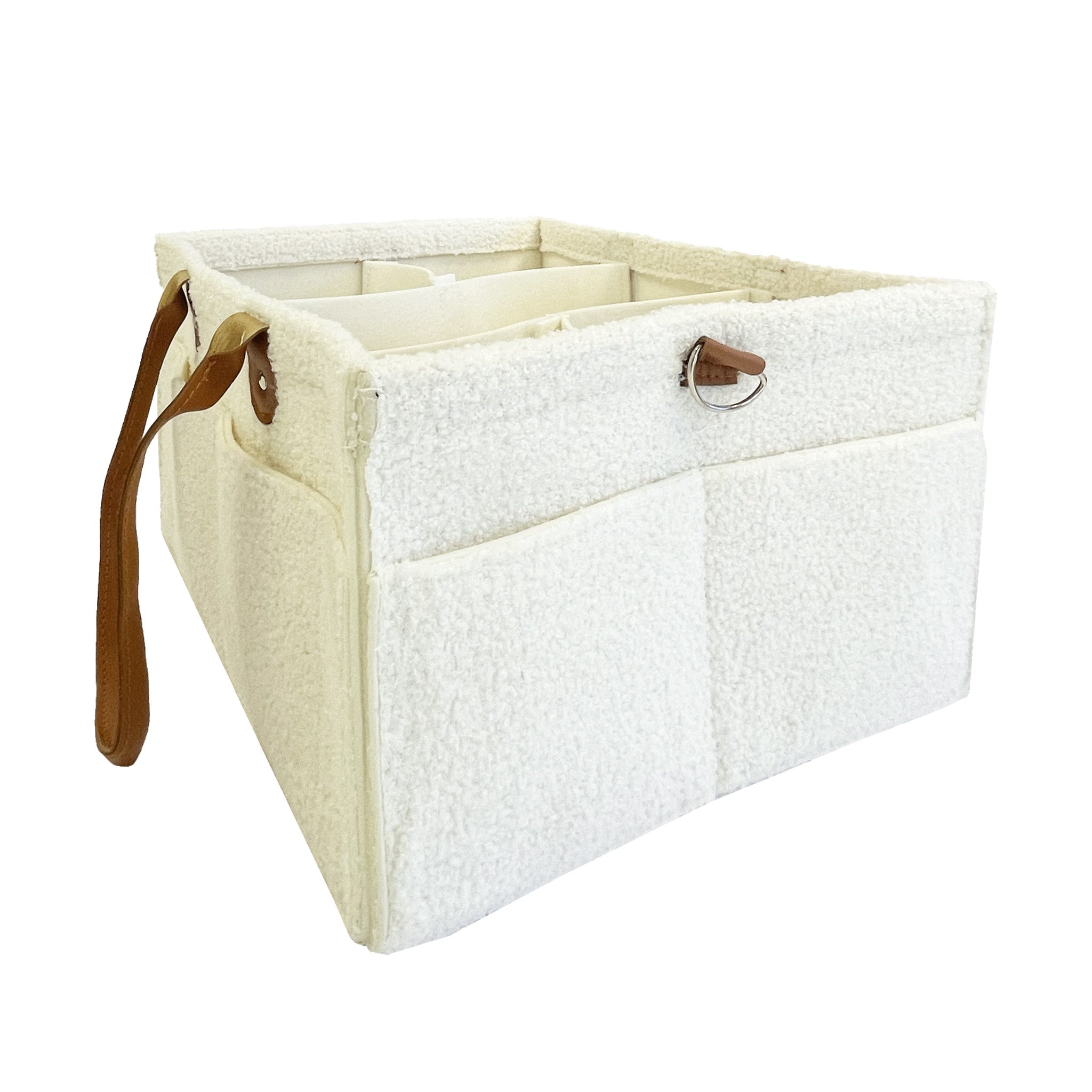Milk supply. It's a hotly discussed topic amongst mamas, especially in the early weeks of breastfeeding. Concerns about how much milk you're making and if it's enough to nourish your growing baby top the list of 'new mama worries'.
It's important to note that the majority of women can produce enough milk to feed their baby. A small percentage may struggle due to reasons that, with support, can be rectified, while a smaller percentage still will have what is termed as 'true low milk supply' caused by a number of medical conditions like insufficient glandular tissue (IGT), some metabolic conditions, retained placenta, postpartum haemorrhage, surgical inventions or from illness.
A dip in your supply
Sometimes, for any number of reasons, your milk supply may dip slightly. Often this is due to things like your period or other hormonal shifts, stress, a recent bout of mastitis, issues with attachment or latch resulting in baby feeding ineffectively, not feeding regularly enough, especially in the early days (this is why we always recommend feeding on demand to new mamas), supplementation or certain medications.
The good news? These dips are usually temporary and your supply will return to normal once the concerns are addressed or the issue causing the dip is resolved. One way to get your supply back on track or give it a boost is to try power pumping. Breast milk production works on supply and demand meaning the more you stimulate and empty your breasts, the more milk you'll make. Power pumping helps you to do this.
What is Power Pumping?
Power pumping mimics a baby that is cluster feeding and going through a growth spurt i.e. feeding A LOT in a short space of time. By using your breast pump to mimic this pattern, you'll repeatedly empty your breasts, encouraging your body to produce more milk.
Generally, mums will pick a 60 minute period in their day where they can 'power pump' and repeat this for 2-3 days. Many mums find that the morning or during their bubs nap time is the best way to go.
After the power pumping period, normal feeding or pumping resumes (i.e you'll return to feeding your bub on demand/as normal or pumping when you usually would.)
Power Pumping can be incredibly good if your little one is premature, has latching difficulties, can’t breastfeed efficiently or for very long or you are initially not producing enough milk to sustain your baby or you would like to increase your breastmilk supply.
How to power pump to boost your supply
There are a range of different ways to power pump your way to a supply boost. The main thing to consider is finding a way that fits best into your day.
An typical example may look like this:
Power Pumping Plan
Pump for 20 minutes; rest 10 minutes
Pump another 10 minutes; rest for 10 minutes
Pump again for 10 minutes; finish
(Total pumping time - 40 minutes)
Other helpful hints
- Make sure each breast is soft and well drained after every feed and pumping session. if bub is struggling to empty your breasts you can manually express for a couple of minutes or use a Haakaa/electric breast pump to ensure your breast is drained as much as possible.
- Before feeding or pumping, use a heat pack or warm compress for a few minutes to help soften breast tissue and empty milk ducts.
- An electric wearable breast pump can be helpful in boosting supply as it can be used more frequently between and during feeds, without compromising on your day-to-day activities. That is why we've developed the ARIA Wearable Brest Pump to support breastfeeding mums through their journey. You can learn more about it here.
- A Lactation Massager can be helpful before, during and after feeding to add extra stimulation and encourage your breasts to empty.
- Make sure each breast is soft and well drained after every feed and pumping session. if bub is struggling to empty your breasts you can manually express for a couple of minutes or use a Haakaa/electric breast pump to ensure your breast is drained as much as possible.
- Before feeding or pumping, use a heat pack or warm compress for a few minutes to help soften breast tissue and empty milk ducts.
- A Lactation Massager can be helpful before, during and after feeding to add extra stimulation and encourage your breasts to empty.
- Make sure you rest (as much as you can!) in between feeding and pumping sessions.
- Stay hydrated. Breastfeeding is thirsty work and ongoing dehydration will not only make you feel awful but impact your supply.
- Ensure you're eating enough calories. Consider munching on lactation cookies to further increase your supply and keep your energy levels up.
- See a lactation consultant who can further advise you on increasing supply for your situation.
You can check out all our resources for managing your supply here.

